
13.07.2020
Following the excessive consumption of images, overwhelmed by these pandemic times, the artist Andrew Roberts wonders what ways of seeing trigger critical imaginations to face violence in moments of crisis.
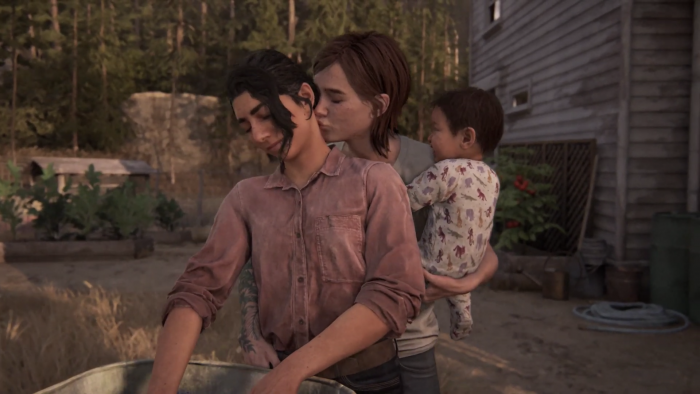
The dead have been brought back from the grave as the main working machines in the system of the production of the future. Neither an artificially intelligent robot nor a foreign genius has stolen your job: rather, it was your great-grandfather’s decaying body that now sells Big Macs two-for-one on Wednesday afternoons.
The protest signs making their way through Reforma demand “Work for the living!” while the crowds intensify their cry for “Less dead, more food!”—a chant that, in the past, had a different meaning. Capitalism has finally figured it out; a system needs workers that resemble it in likeness: the dead.
Imagine that you die and the first thing you find at the end of the tunnel is a beautiful chrome building with endless stories and a giant, glowing sign that spells out ACCOS. “Welcome to the Administrative Center for Compensation in the Other Side,” a warm voice announces through a monitor that begins to play an infomercial of the pleasures that paradise offers.
We can no longer talk about the image as a medium that represents the world, rather, it has become an active agent in the latter’s construction; it operates from and upon our bodies, affects, and desires.
Despite your confusion towards your new spectral status, you automatically form part of an interminable queue of souls waiting their turn to obtain new jobs as outsourced ghosts. Depending on your past life, you will be assigned to one of many positions: perhaps the apparition that haunts an old graveyard in Tijuana or the poltergeist of a luxurious Californian mansion, because once in the other side, debt and class divide are the only things that do not die. There is no better immaterial labor than the one exerted by the spirit.
And if one could imagine other scenarios, away from science fiction and paranormal stories, where death is part of an economic process? Death as an activity where the body and mind work together in order to generate value. If someone benefits from your disappearance, could being mutilated by a drug dealer, melted in acid by the State, or blown up by an American drone in Pakistan not become, then, an act worthy of compensation? Or when pictures of your mangled guts make their way through the Internet to the screen of a Texan boy, should you receive the same royalties as Drew Barrymore does every time she dies in the opening scene of Scream?
Since the beginning of the current worldwide pandemic and its resulting quarantine—at least since four months ago in the Americas—our most direct relationship to reality has been through a screen. We can no longer talk about the image as a medium that represents the world, rather, it has become an active agent in the latter’s construction; it operates from and upon our bodies, affects, and desires. It transforms and destroys, it is a combination of pixels that mutate flesh.
The new normal arising from the current global crisis has not only reinforced the obligatory use of the image as a switchboard but has arrived accompanied by the necessity and obligation to recognize our own mortality. The close relationship between death and image was, for us, a distant affair; now, it has become something common, palpable. If death is a coin, images are the paper, metal, or data that makes it negotiable.
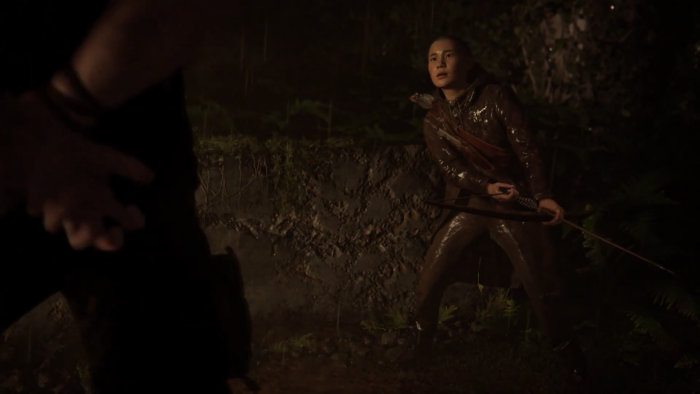
A Problem of Representation: Destroying and Making Worlds
Worldmaking, a term coined by philosopher Nelson Goodman, refers to the fact that reproductions of the world contribute not only to its understanding but also to its very creation through an exercise of constant comparison between representation and reality.[1] To that I would add that direct representation is not the contributor to this process: the fabrication of fictions, under the same comparison dynamics, feeds the frame from which we decide to view the world through a chain of fears, fantasies, and desires.
To understand the origin and function of the current scopic regime that dictates the way in which we witness, respond, and operate around violent acts it is necessary to first assimilate exactly how the representation of the individual in relation to the other has been formulated by organizations of visual production that cater specifically to the interests of three industries: the military, the press, and entertainment.
Inside publications departments located within corporate buildings, the images that will inform tomorrow’s newsreels—and therefore the world—are being chosen by image brokers, professional middlemen that determine the circulation and availability of new images for new audiences through the commission, evaluation, licensing, selling, editing, negotiation, mobility, or restriction of visual content.[2]
During times of crisis, how do we decide what images are worthy of being used in a social struggle?
In 2016, cultural anthropologist Zeynep Devrim Gürsel published an ethnographic study[3] wherein, through fieldwork in different institutions dedicated to image circulation—amongst them the Agence France-Press in Paris, the documentary photography platform World Press Photo in Amsterdam, and the photojournalism festival Visa pour L’Image in Perpignan—she recognized a series of patterns that repeat themselves at the moment of deciding which images must be shown.
Within the editing, award, and education committees of these institutions, she found that the common quality that makes an image impactful in editorial and documentary terms is aesthetic conflict; that is, the structuring of an image based on binaries or the shared presence of heterogeneous elements that belong to different social categories. This formula facilitates the creation of narratives of wealth, struggle, tragedy, and other rhetorics that depend on visual contrast.
The photograph of a child in a rural classroom transforms into a story about progress when, within the picture, one can find a computer; the video of a civilian’s murder at the hands of an armed group becomes a reason for outrage the second it unmasks the aggressors as a group of cops. It is no surprise, then, that the way in which we organize visual information—and therefore our reality—is through dichotomies. Nonetheless, the mediated representation of social events not only dictates how we see but also how we create in order to continue feeding its machine.
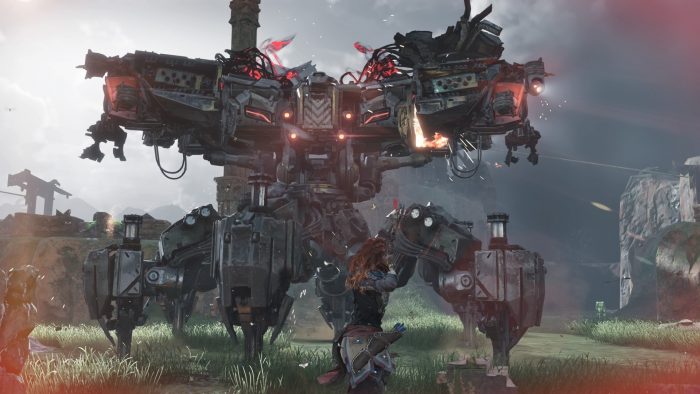
During times of crisis, how do we decide what images are worthy of being used in a social struggle? On the eighteenth of June this year, medical doctor and trans activist María Elizabeth Motaño was found lifeless in the state of Morelos, Mexico. The following day two images began circulating through social media accompanied by a cry for justice surrounding Elizabeth’s death: (1) a photograph of her at what appear to be the offices of the Mexican Social Security Institute, making explicit her career as a doctor, and (2) the video of an English-language conference where she shares her experience as a trans woman.
What makes these images of Elizabeth go viral, and thus what makes them contribute effectively towards the mobilization of a virtual campaign? The photograph and the video participate in the previously discussed dynamic of aesthetic conflict; our dominant cis and heteronormative imaginary lacks the visual codes that both images signal. In the case of the portrait in the hospital, we are introduced to a trans woman who is also a doctor and, therefore, is inscribed with the qualities of benevolence and social benefits. On the other hand, the conference video presents Elizabeth as an educated trans woman with a sense of civic responsibility, as it shows her speaking another language, representing a community for an international audience.
On March 24, just a couple of months before Elizabeth’s death, two cisgender men murdered Naomi Nicole García, a sex worker, by shooting her in the head. Why did Naomi’s image not go viral as a means of protest in social media, or rather, why did we decide to ignore her image as a potential tool for seeking justice for her and the growing number of transfeminicides in Mexico? The current scopic regime favors and values certain images above others with dichotomies that signify wealth, but at the same time utilizes normalization as its currency’s lowest value. The image of Naomi lacks aesthetic conflict, as trans women and sex work form part of the imaginary assimilated in Mexico about any community of trans experience.
We thus come face-to-face with another instance of economic value being placed on an image: on June 12, Giovanni López was beaten to death by the municipal police of Ixtlahuacán de los Membrillos, in the state of Jalisco, Mexico. Mere moments after the video of his arrest circulated on Facebook, a graphic photograph of his face spread through Instagram, and news of his murder reached national attention, inciting protests in cities throughout Mexico.
Yahir López died in Tijuana on March 28 as a victim of police brutality. The video of his death, where a cop presses down on Yahir’s neck with his foot until choking him, circulated briefly through various blogs. After George Floyd’s viral death in Minneapolis, the video of Yahir resurfaced but only as a symptom of comparison between both murders, only to silently disappear once more.
Through the lens that conditions our gaze, the value assigned to both videos is different: (1) Giovanni López was arrested for not using a facemask in public; therefore the violence exercised against his body is reprehensible; (2) we do not know Yahir López and the conditions surrounding his arrest are unclear, but when faced with a video that shows us a dark-skinned, shirtless man pressed against the pavement, why is he assumed homeless or delinquent?[4] Or, why is his alleged crime used as justification for his murder? [5]
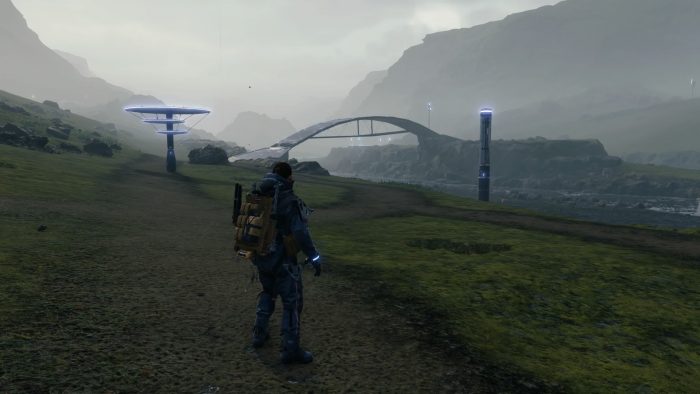
It is necessary to recognize that, beyond the implications of their images, the deaths of Elizabeth, Naomi, Giovanni, and Yahir are equally condemnable. We must not forget that the way in which we value each image comes from a long European legacy that begins with Christian religious imagery, continues with a linear perspective, and is presently manifest in corporations that distribute the digital images responsible for shaping our world through a process of visual colonization. Unsatiated with dictating how we look, they operate through our subjectivities by conditioning us to ignore situations and images such as Naomi’s and Yahir’s. The visibility that the videos of Elizabeth and Giovanni reached is important, but it is our duty as active consumers and producers of images to dismantle a regime that assigns value and spurns others based on whiteness, gender, social roles. If the world has been shaped from images steeped in a white, hetero-cis-patriarchal stance, what possibilities exist in its destructions? Is it possible to create a different world, one according to terms that recognize the experiences of non-hegemonic bodies?
Reclaiming the Future: Other Fictions and Potential Destinies
The paragraphs at the beginning of this text do not pretend to offer a sustainable alternative or enunciable tools for life from fiction, rather, they intend to point towards the fantasy of disaster as a mechanism for self-preservation. They become part of a long tradition in the speculative genre where otherness is embodied; in which apocalyptic catastrophe becomes representative of current calamities. Its objective, before creating, is destroying the phenomena that could bring us to that very moment in time. It is crucial to recognize cataclysmic fiction as an instrument essential for the fabrication of alternative realities, where it must function as a criticism of the political economy of the senses: aware of its own mechanisms of production, it must dearticulate these through irony, evidence, and self-reference.
Worlds are not only destroyed through fiction, they can also be built. But: why does it seem so impossible to conceive alternative scenarios, distanced from the body as an object where techno-mercantile progress and mental-physical violence share the same interface? If our gaze has been hijacked by the previously discussed scopic regime, another apparatus of control, now economic-temporal, brought alongside itself a hijacking of our future, and, by extension, the impossibility of imagining other potential destinies. Two phenomena are guilty: (1) a system of job insecurity that deteriorates the mental health of its workers, and (2) a credit system that places its creditors in a deep and interminable state of debt.
In the words of cultural critic Mark Fisher, “Capital follows you when you dream.”[6] And I dare add: when you are subconscious. We seem to be in a state of collective paralysis that automates the body in exchange to dull our own capacity to make decisions in consideration of our own future interests. We are taught that tomorrow will never come until we work to obtain it, but the promise of prosperity on the horizon becomes irrelevant when we realize that the present is indefinitely prolonged.
Capitalism, in the same way as the undead (be they ghosts, vampires, or zombies), “both feeds on and reproduces the moods of populations.”[7] To politicize mental health is to recognize that biology and chemical imbalances are not enough to explain conditions such as anxiety and depression, conditions that distort the memory of the past and superimpose the happenings of the present, leaving us with emotional baggage that obscures even a glimpse of a possibility other than tragedy.
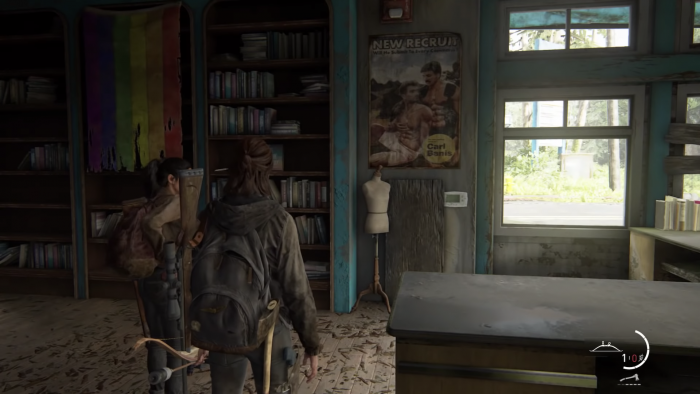
In a similar manner, debt, as one of the central agents of liberal societies, asks for our future in exchange for building our present. Maurizio Lazzarato, philosopher and sociologist, explains it in the following way:
Capitalism possesses the future in advance, as the obligations of debt allow for the prediction, calculation, measurement, and establishment of equivalencies between coming and present actions. The effects of debt’s power upon subjectivity (guilt and responsibility) allow capitalism to build a bridge between the present and the future.[8]
Seen this way, it is no surprise that stories of unappealing futures and alternate dimensions haunt our entertainment media, from video games to comics, television shows, and movies, the result of a sensibility marked by instability and debt. This, accompanied by an incarnation of the present derived from hetero-euro-centric minds that decide to depict the other under simplistic dychotomies estranged from any real experience, comes to show that representation, whether real or fictional, is a war against our own identity, happening between two fields: that of the mediatic circulation of images and the instrumentalization of work-debt.
Thus, what other alternatives exist? How can we create narratives where bodies and experiences such as those of Naomi Nicole García and Yahir López are worthily depicted to inform and stimulate reality through fiction? Writer and educator Walidah Imarisha proposes that we must work from visionary fiction, a term that she coined to differentiate from fictions absorbed by popular culture, and is a fundamental tool for “dreaming impossible dreams and then building them into existence.”[9]
We understand then that reality is constructed through mimetic and fictitious images, and, simultaneously, these images of death and tragedy are used as currency in a war and market of representation. The reality to come, the reality we are supposed to build, demands critical images, conscious of the gears that hide in the modes of subjectivization behind cultural production. In order to approach a world where every face has their place, we must first reclaim our right to imagine, not from the false promise of universality, but from the rightful rage that recognizes those that have been denied the possibility of a future.
Nelson Goodman, Ways of Worldmaking (Indianapolis: Hackett Publishing, 1978)
Eds. Eder and Charlotte Klonk, Image Operations. Visual media and political conflict (Manchester: Manchester University Press, 2017), p.38-47
Zeynep Devrim Gürsel, Image Brokers: Visualizing World News in the Age of Digital Circulation (Berkeley: University of California Press, 2016)




Translation: “I’m glad they kill that rat” // “In one occasion a drug addict in a highway throw us a stone centimeters away of hitting the car around the back window where my baby was, we did not do anything to him (the drug addict).” // “I’m glad he is killed, why would you defend a rat (thief) that doesn’t pay taxes.” // “That how you should record the rat [thief] instead of criticizing the police.”
Comments on the death of Yair López Jiménez can be found in the original video of his death published on Facebook on March 27, 2020. Accessed on June 1, 2020 at https://www.facebook.com/100012120288405/videos/876805092733492/?T=0
Mark Fisher, Realismo capitalista: ¿No hay alternativa? (Buenos Aires: Caja Negra, 2016), p.65
Ibid., p.66
Maurizio Lazzarato, La fábrica del hombre endeudado. Ensayo sobre la condición neoliberal (Buenos Aires: Amorrortu, 2013), p.51-56
Angela Glover Blackwell and Walidah Imarisha (2020). Visionary Fiction: Writing Our Future. [Podcast] Radical Imagination. https://radicalimagination.us/episodes/visionary-fiction
Comments
There are no coments available.